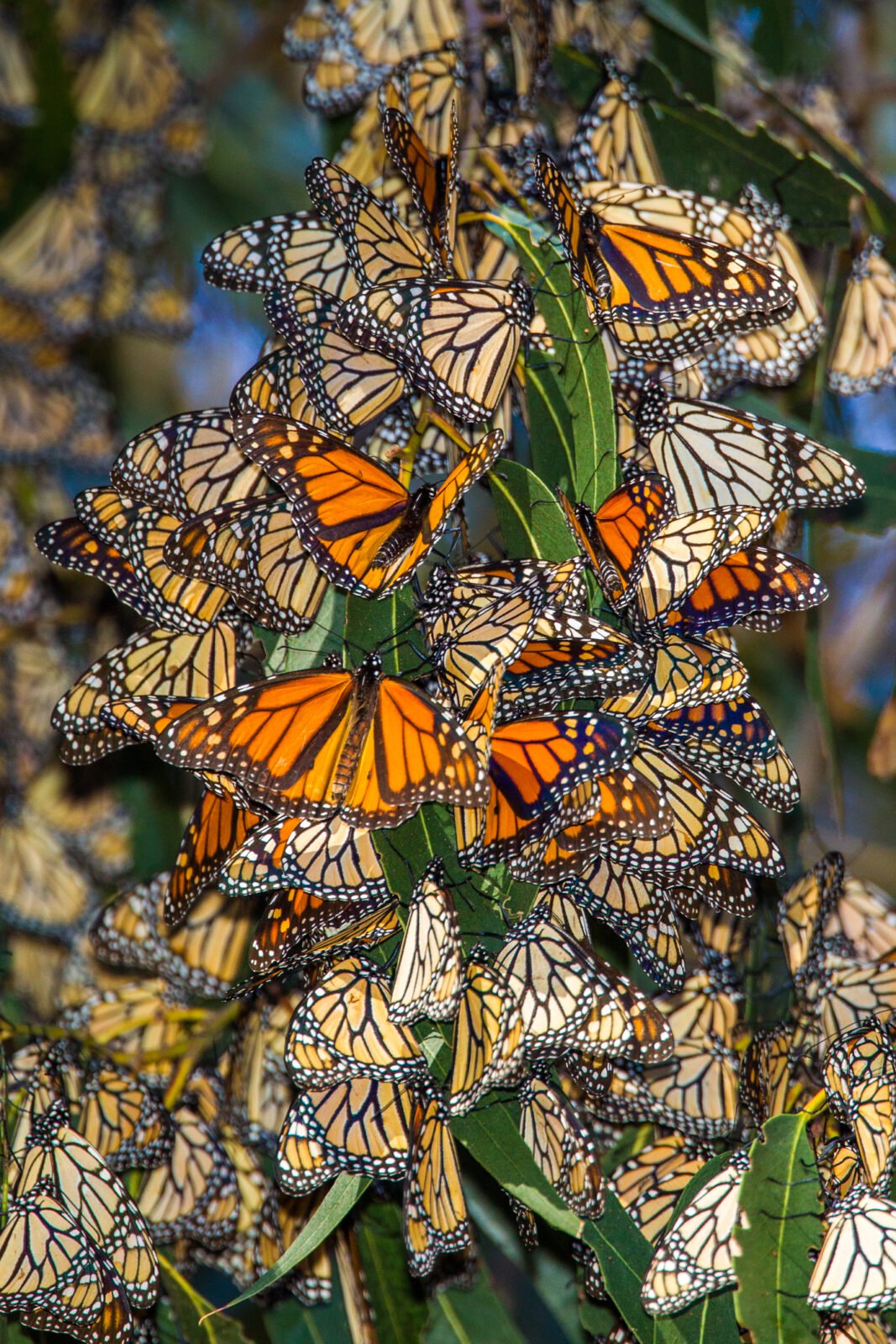
Native News Recap: 2022
Here’s a native news recap looking back at some of the biggest native plant news stories of the...
Mulching your landscape is both functional and decorative. Often mulch is a layer of organic material, spread at the base of your plants, designed to protect roots from drought and temperature extremes. It conserves water in the soil while providing the roots with nutrients as it decomposes, so mulching is essential for healthy plant growth. As mulch decomposes it often limits the availability of nitrogen to the plant. Adding some dried manure (in bags from your local garden center) should alleviate this problem. Mulching also helps keep out weeds and will prevent soil from compaction, erosion and lawn mower damage (mowing too close to plants). Usually, mulching is carried out in the mid to late spring or fall, when the soil is moist and warm but will vary depending on the type of plant. It’s an easy, no-stress technique for healthier plants. Types of Mulch
Mulching new plants Spread your preferred mulch under trees, around shrubs and throughout beds to a depth of 2 to 3 inches deep. The larger radius around the plant you mulch, the better. If mulching a tree, avoid ‘volcano mulching’ which is when you pile the mulch up on the trunk, as it can lead to bark decay. You can sculpt a basin around the plant to help keep future watering in the rootzone of the plant. Potential Problems Too much mulch is the most common problem and can result in a barrier to water and oxygen absorption which are the most important foods for your plants next to sunlight. Mulch must be porous and not too fine of a texture or it will hold too much moisture, leading to root rot and unhealthy plants. Be careful when using dark colored mulches as they can absorb a lot of heat during the day and lose a lot of heat at night, which could hurt certain types of plants. A final issue is that some organic mulches such as straw, hay or manure could contain weed seeds. Mulching is one extra step that provides a wealth of extra benefits. Check out our blog for more planting tips and contact Direct Native Plants for all your landscaping needs.

Here’s a native news recap looking back at some of the biggest native plant news stories of the...
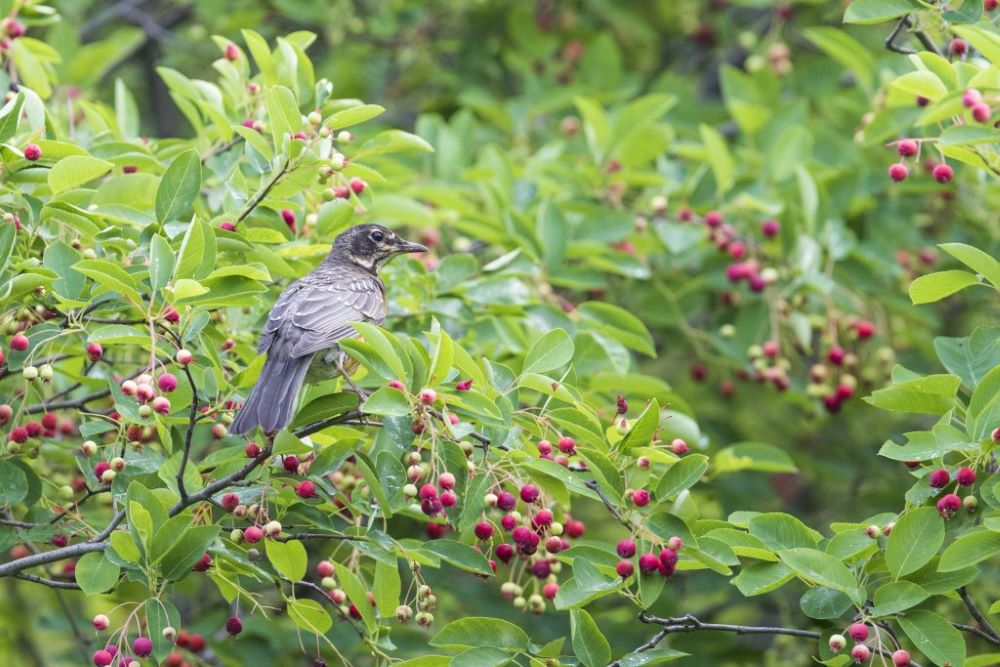
In the past we have emphasized the importance of keystone species in supporting bird populations,...
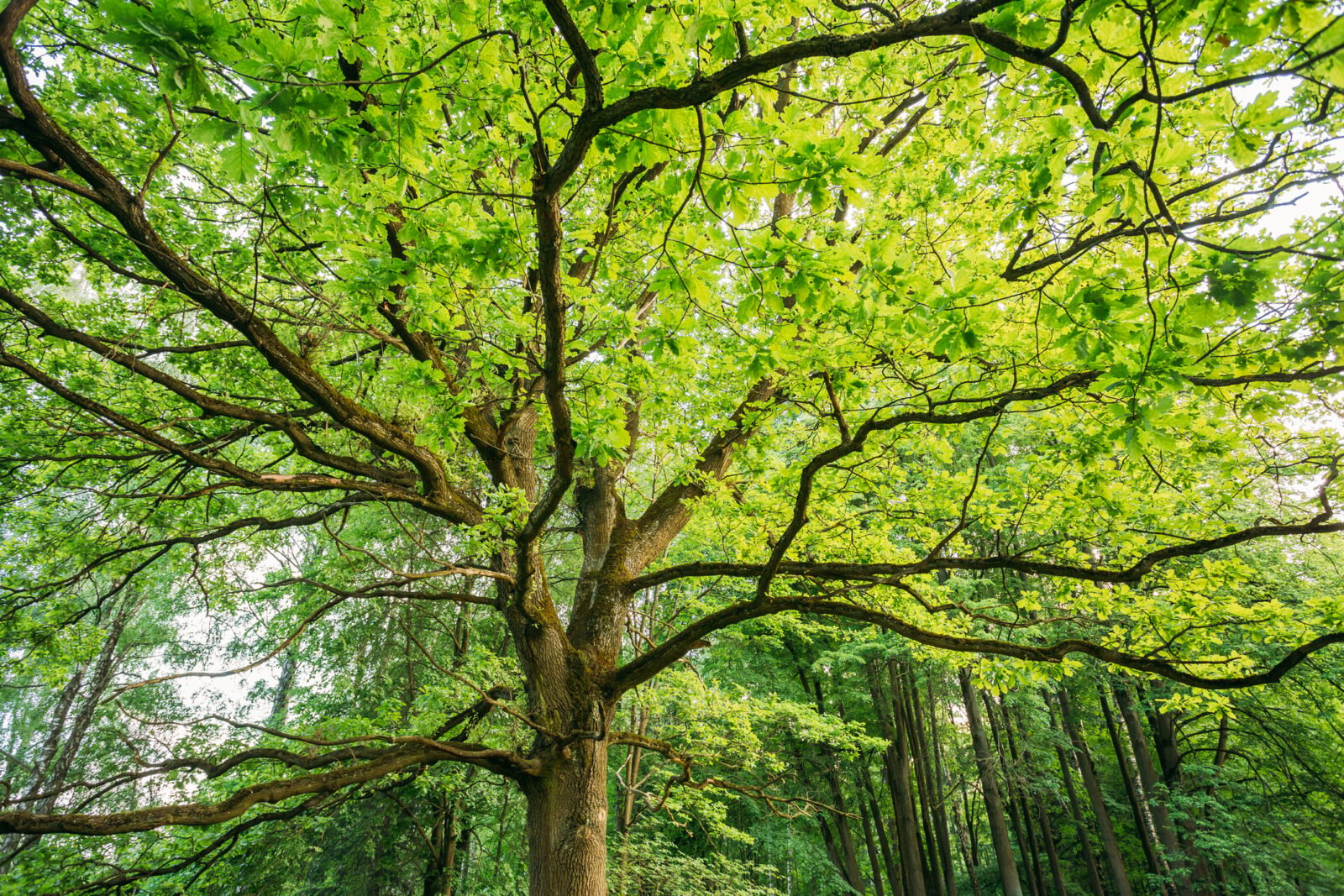
Perennials are the stars of most gardens, and no wonder! They provide a variety of shapes and col...
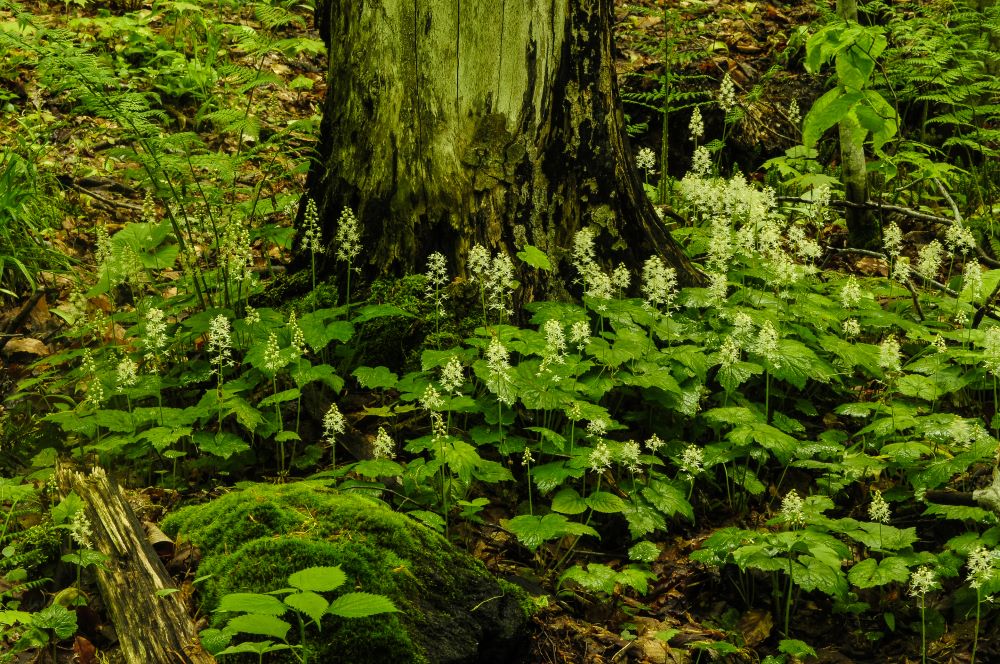
These native ground covers for shade make a perfect living mulch by holding in moisture, keeping ...
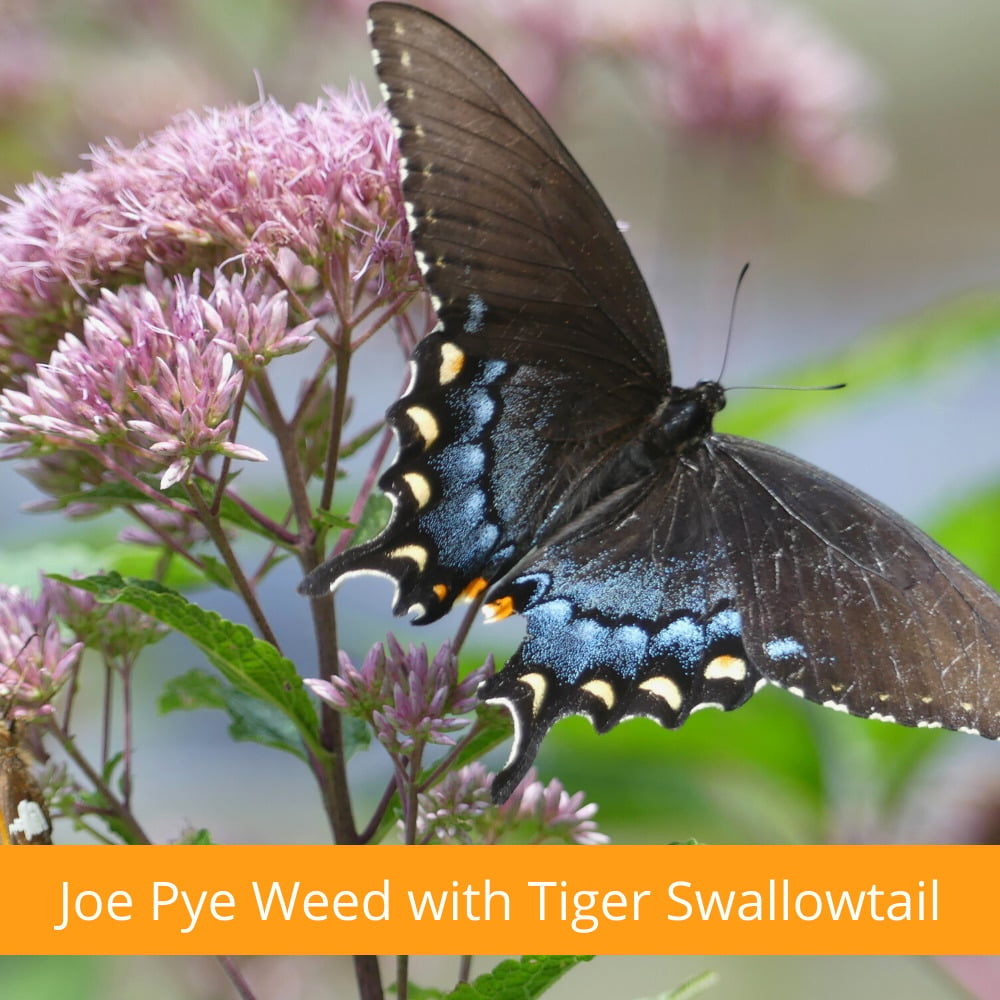
Gardening is ‘In’! Over the past two years gardening has suddenly become very popular with pe...
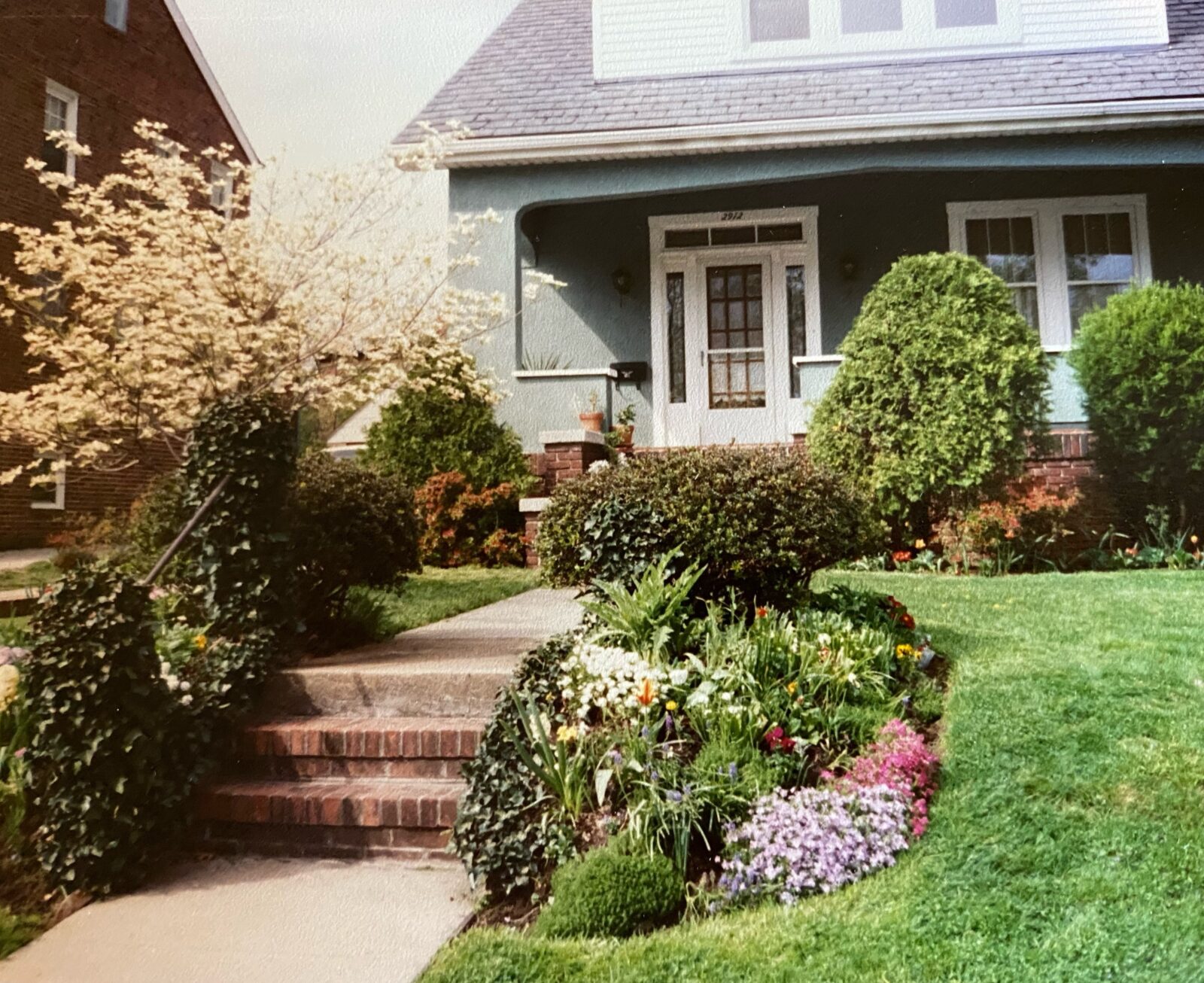
Mothers give us so much, but sometimes it takes a while for us to appreciate the gifts that we ca...
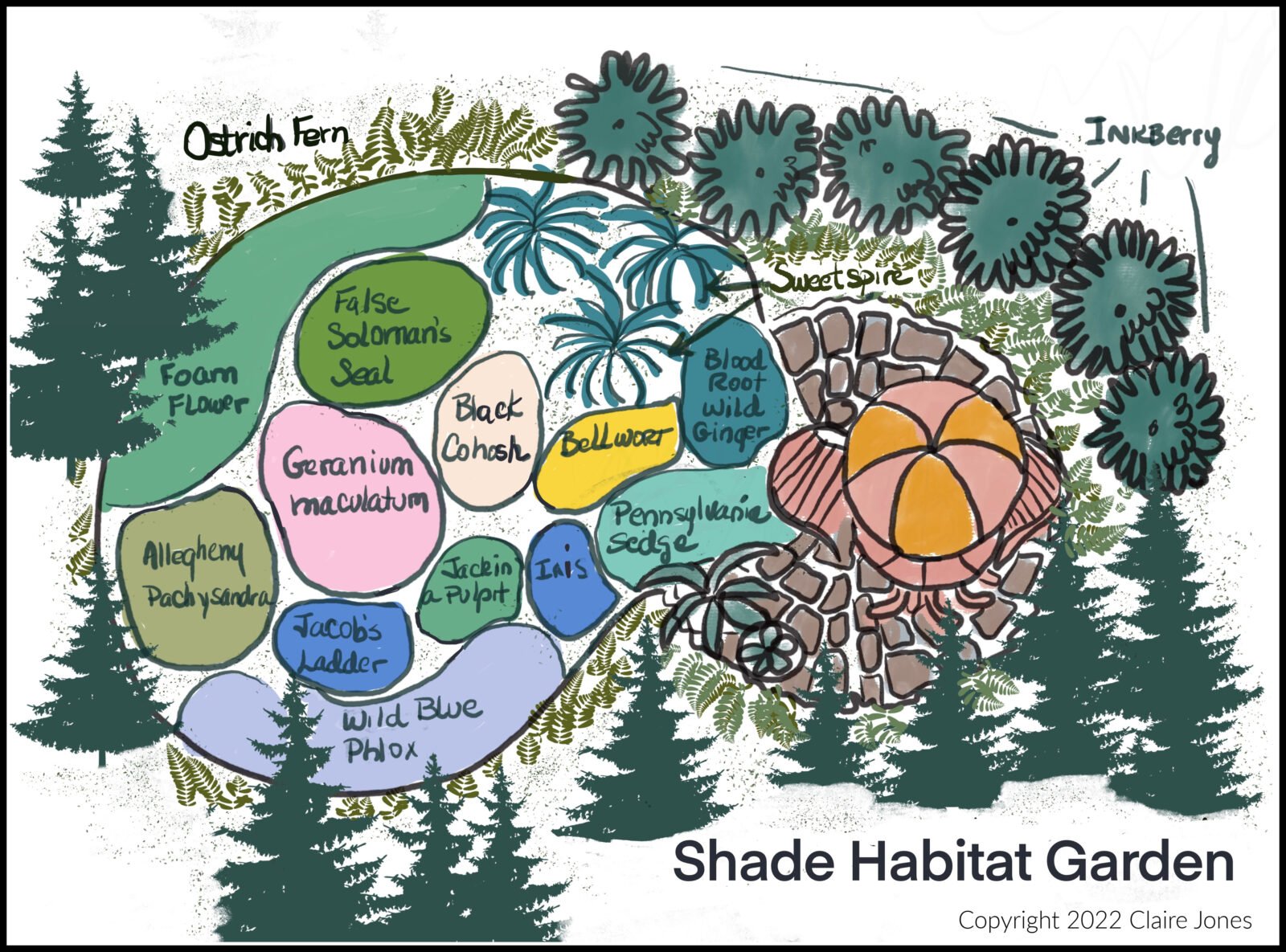
This is the second part of my Habitat Heroes Design series. The first part was a sunny garden of ...
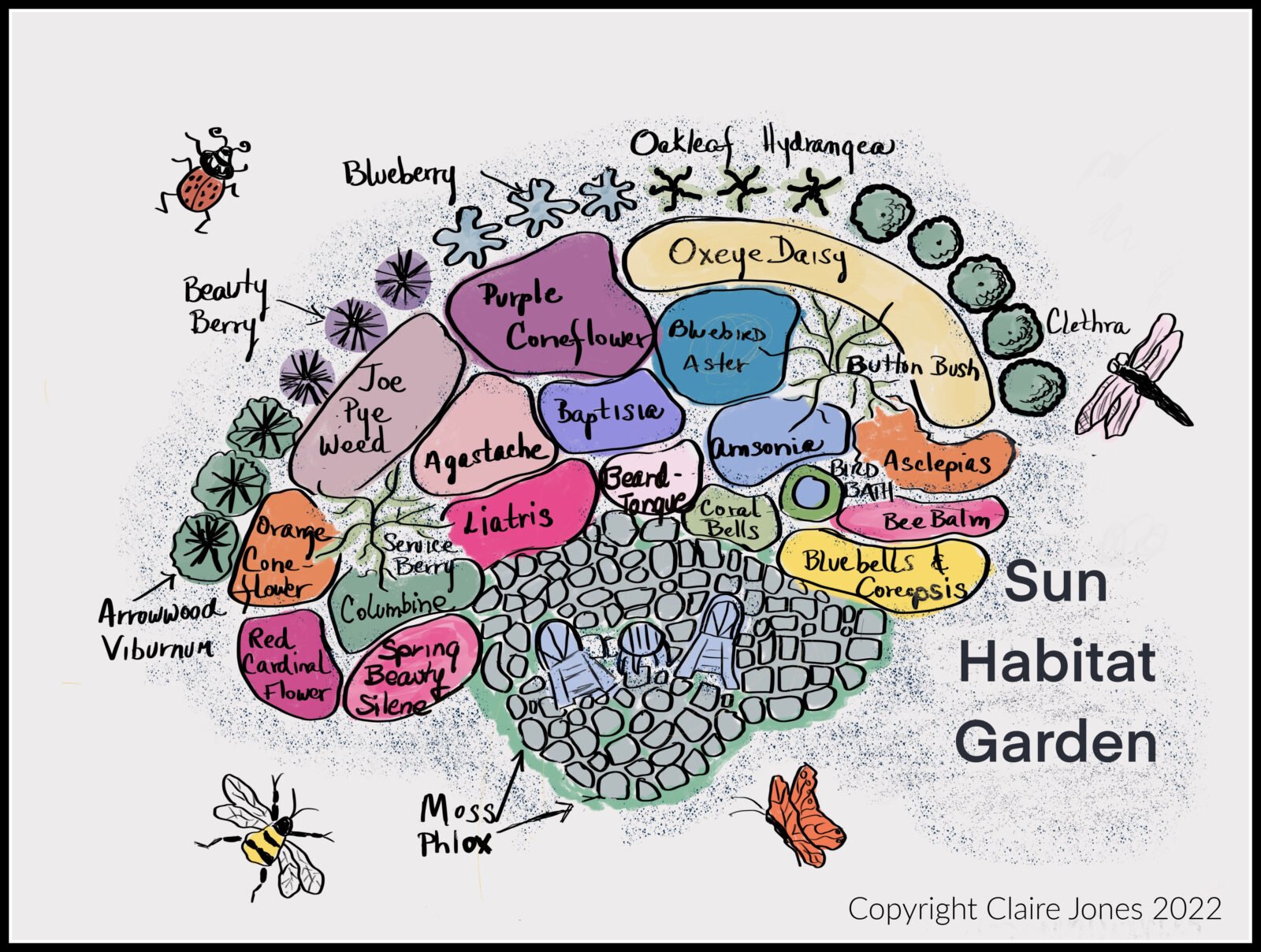
This blog post will cover how to design and install a Sunny “Habitat Hero Garden” with native...
Now Shipping for Spring 2024!